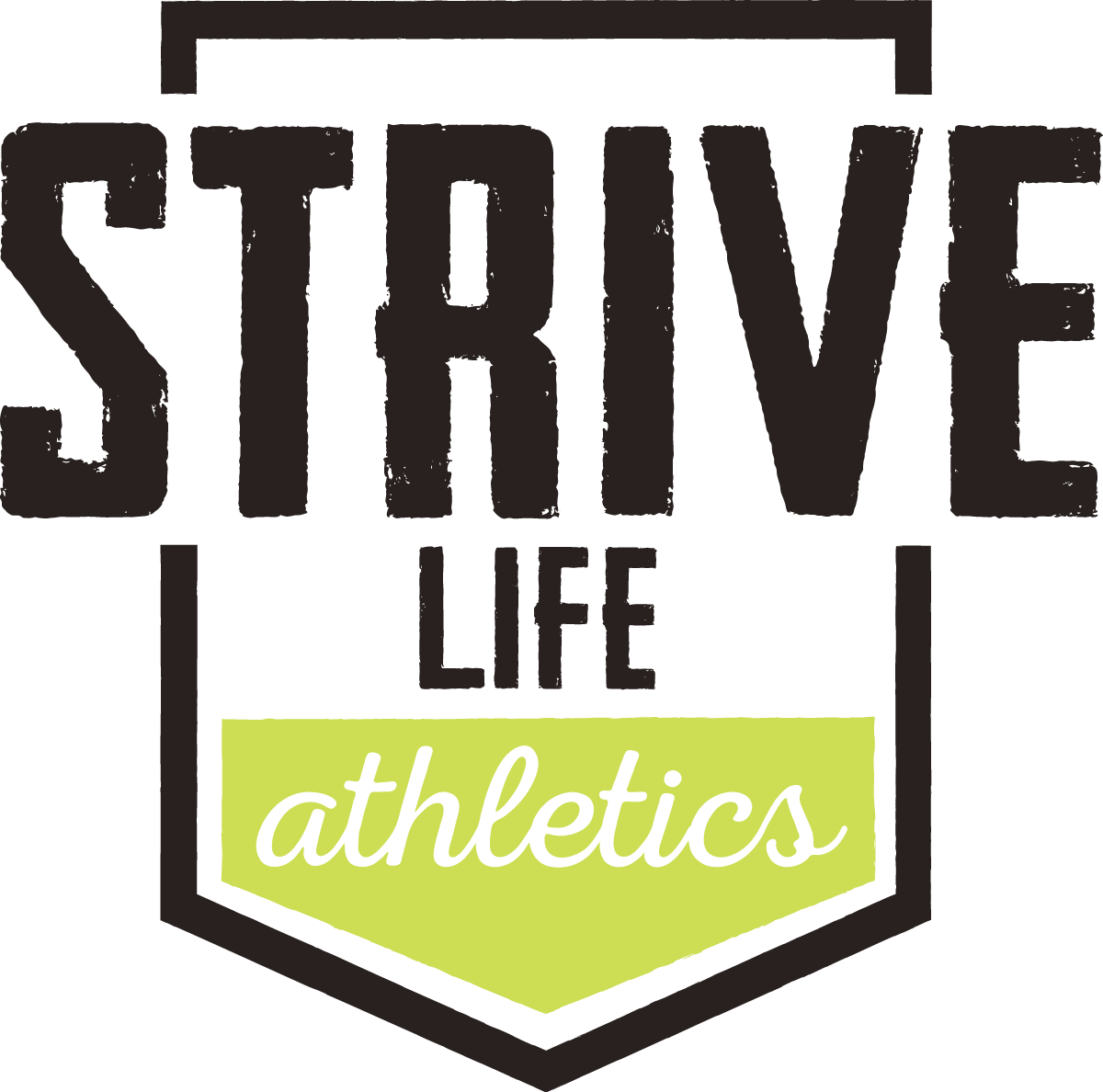Enhance Your Training: Understanding Mobility vs. Flexibility.
As a certified fitness coach, one of your primary goals is to help clients improve their overall fitness, prevent injuries, and enhance performance. Two crucial components that can significantly impact these areas are mobility and flexibility. While often used interchangeably, these terms refer to different aspects of physical fitness. Understanding the differences between mobility and flexibility, and how to effectively incorporate both into training programs, can make a substantial difference in your clients' outcomes.
Defining Mobility and Flexibility
Flexibility refers to the ability of a muscle or muscle group to lengthen passively through a range of motion. It involves stretching the muscles to their full length and is often demonstrated in movements like reaching down to touch your toes. Improved flexibility can reduce muscle stiffness and soreness, enhance range of motion, and prevent injuries.
Mobility, on the other hand, is the ability of a joint to move actively through a range of motion, encompassing not just flexibility but also strength, coordination, and control. For instance, performing a deep squat with proper form illustrates good mobility. Enhanced mobility improves functional movement, boosts performance in dynamic activities, and decreases the risk of joint injuries and chronic pain.
Why Mobility and Flexibility Matter
Understanding the importance of mobility and flexibility can help you design more effective fitness programs. Here’s why each is vital:
Flexibility:
Enhances range of motion.
Reduces muscle stiffness and soreness.
Helps in preventing injuries by preparing muscles for activity.
Mobility:
Improves functional movement and overall physical performance.
Enhances performance in dynamic activities.
Reduces the risk of joint injuries and chronic pain by ensuring joints can move freely and correctly.
Practical Assessments for Flexibility and Mobility
To effectively improve flexibility and mobility, it’s essential to assess your clients' current levels. Here are some practical assessments:
Flexibility Assessments:
Sit and Reach Test: This test measures hamstring and lower back flexibility. Have your client sit on the floor with legs extended and reach forward towards their toes.
Shoulder Flexibility Test: This test assesses shoulder mobility and flexibility. Have your client reach one arm over their shoulder and the other behind their back, trying to touch their fingers together.
Mobility Assessments:
Overhead Squat Test: This test evaluates overall mobility, including the ankles, knees, hips, and shoulders. Ask your client to perform a squat with their arms extended overhead, and observe their alignment and movement.
Thoracic Spine Mobility Test: This test assesses upper back mobility. Have your client sit with their legs crossed and rotate their upper body to each side.
Exercises to Improve Flexibility and Mobility
Incorporating specific exercises into your clients' routines can significantly improve their flexibility and mobility:
Flexibility Exercises:
Hamstring Stretch: Have your client sit with one leg extended and reach towards their toes, holding the stretch for 20-30 seconds.
Quadriceps Stretch: Instruct your client to stand on one leg, pull the other heel towards their buttocks, and hold for 20-30 seconds.
Mobility Exercises:
Hip 90/90 Stretch: Have your client sit on the floor with one leg in front and one leg to the side, then lean forward to stretch the hips.
Thoracic Rotations: On hands and knees, ask your client to rotate one arm up towards the ceiling, following the movement with their eyes to enhance spine mobility.
Integrating Mobility and Flexibility into Workouts
A well-rounded fitness program should include both mobility and flexibility components:
Warm-Up: Incorporate dynamic stretches and mobility drills to prepare the body for exercise. Examples include arm circles and leg swings.
Main Workout: Ensure exercises incorporate a full range of motion. Examples include deep squats and push-ups with a full range of motion.
Cool-Down: Finish with static stretches to improve flexibility. Examples include static hamstring and shoulder stretches.
Conclusion
By understanding the distinct roles of mobility and flexibility and integrating appropriate exercises and assessments into your clients' fitness routines, you can enhance their overall fitness, prevent injuries, and improve performance. As a fitness coach, your ability to educate clients on these concepts and implement them effectively will set you apart and lead to better training outcomes.
For more tips and insights on enhancing your training programs, stay tuned to our blog and feel free to reach out with any questions!
How you can learn more:
For aspiring coaches: learn more about our upcoming Certification Cohorts and take the first step towards becoming a certified fitness coach. Schedule your Free Discovery Call today to learn more and secure your spot!
For coaches seeking connection and growth: Our All Access Coaches Club is filled with everything you will need to strive and thrive as a coach, with monthly group coaching calls, a full resource library and an ultimate toolbox that includes fitness, business and coaching tips and tools, this will be your go=to hub for success.


